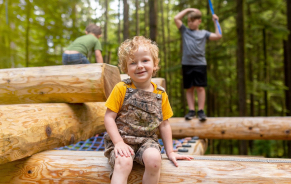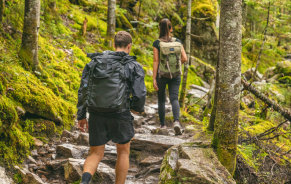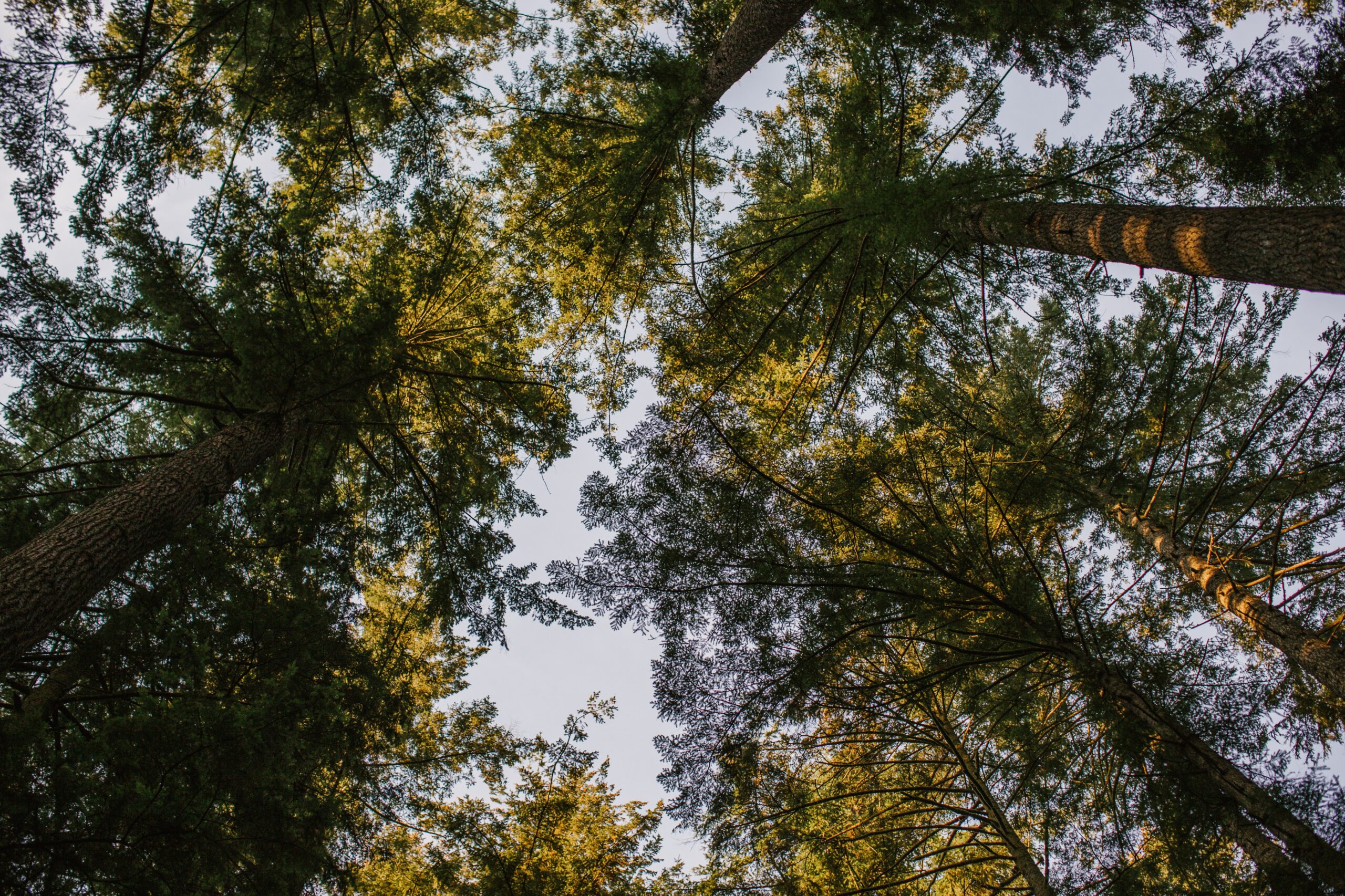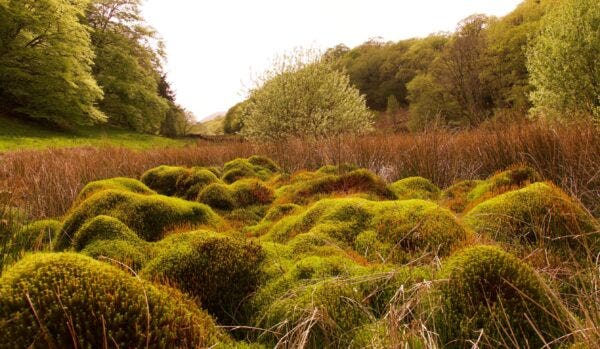Finding moments of tranquillity in a life that feels like it’s always on the go can seem like a rare luxury, especially for those living in urban spaces with little access to green spaces. Luckily, there’s a simple and rejuvenating practice that reconnects us with nature, allowing us to find peace amidst the chaos – forest bathing. If you’re new to this concept, fear not! This guide is here to walk you through the basics of forest bathing and help you make your way towards a calmer, more relaxed, and healthier you.
What is Forest Bathing?
Forest bathing, or shinrin-yoku in Japanese, is the practice of slowing down, being present, and engaging all your senses in the sights, sounds, and scents of a forest environment. It’s a mindful and intentional way of connecting with nature to foster a deep connection to the natural world while promoting overall well-being.
Forest Bathing vs Wilderness Therapy
While both forest bathing and wilderness therapy involve immersion in nature, they differ in their goals and approaches. Wilderness therapy often incorporates structured activities and therapeutic interventions to address specific mental health challenges. In contrast, forest bathing is more about the holistic experience of being in nature, promoting general well-being and stress reduction.
Forest Bathing Benefits, Backed by Science
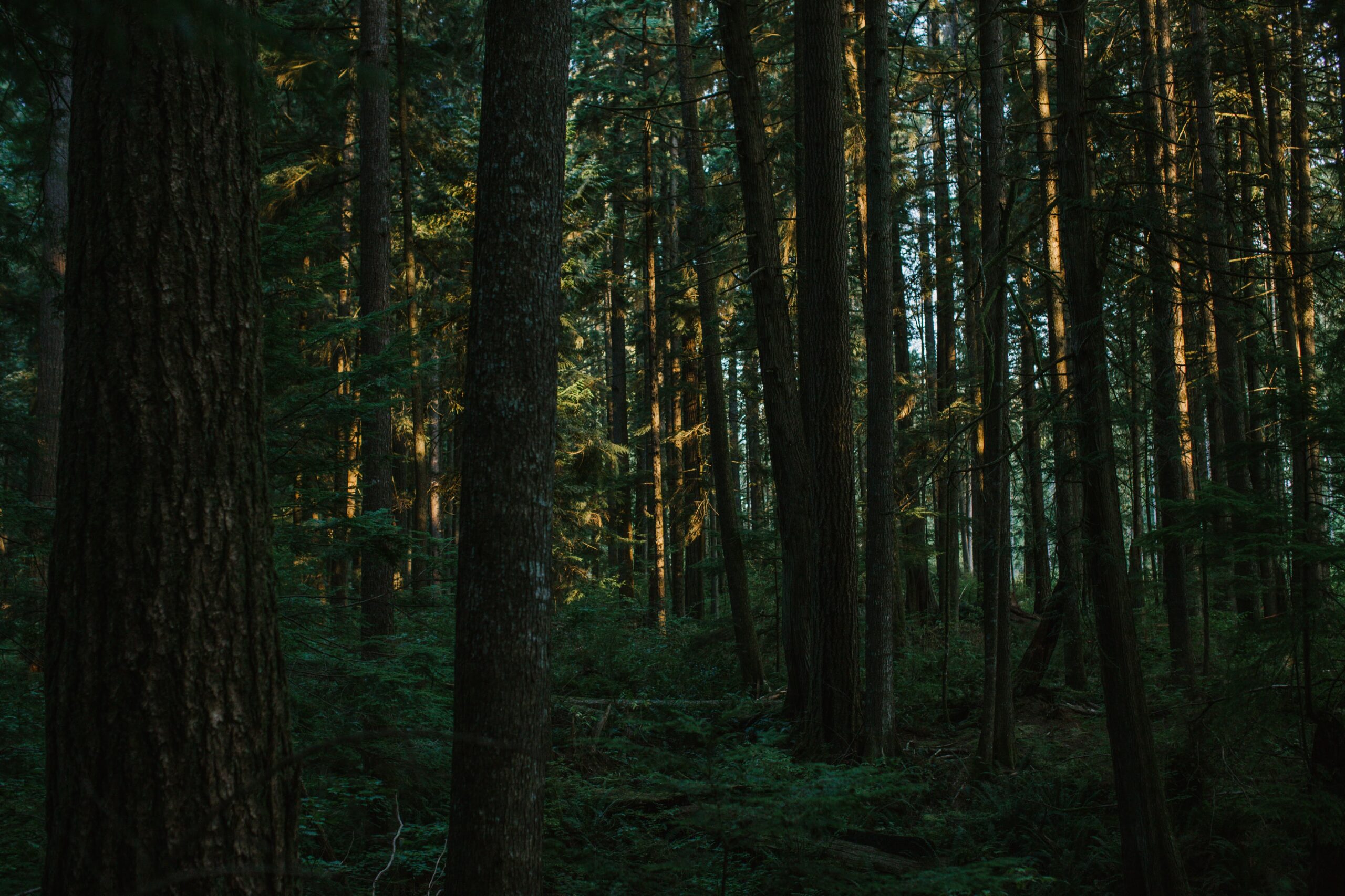
When you start out on a forest walk, you’ll immediately sense the change in atmosphere. The air feels fresher, the sunlight filters through the leaves, and the symphony of birdsong surrounds you. Research has shown that spending time in nature, particularly forests, has numerous health benefits, both physical and mental.
Researchers have found that spending time in nature can:
Reduces Stress Levels
Forest therapy has been proven to lower cortisol levels, the hormone associated with stress. The tranquillity of the natural environment allows your mind to unwind, promoting a sense of calm. A study published in the International Journal of Environmental Research and Public Health found that forest environments promote lower cortisol levels, indicating reduced stress.
Improves Mental Health
Studies have shown that practicing just 15 min of mindful movement in the outdoors can help reduce negative mental health symptoms.
Boosts Immune Function
Exposure to phytoncides, natural compounds released by trees, has been associated with improved immune function. This could explain why forest bathing is linked to enhanced overall health.
Enhances Mood and Creativity
The beauty of the forest is a natural mood enhancer and can be shown to boost creativity. The visual stimulation and the release of mood-boosting chemicals like serotonin can lift your spirits and reduce symptoms of anxiety and depression. Forest bathing has also been shown to increase the positive mood states of vigour and lower the negative mood states of tension, anger, fatigue, depression and confusion.
How to Start Forest Bathing
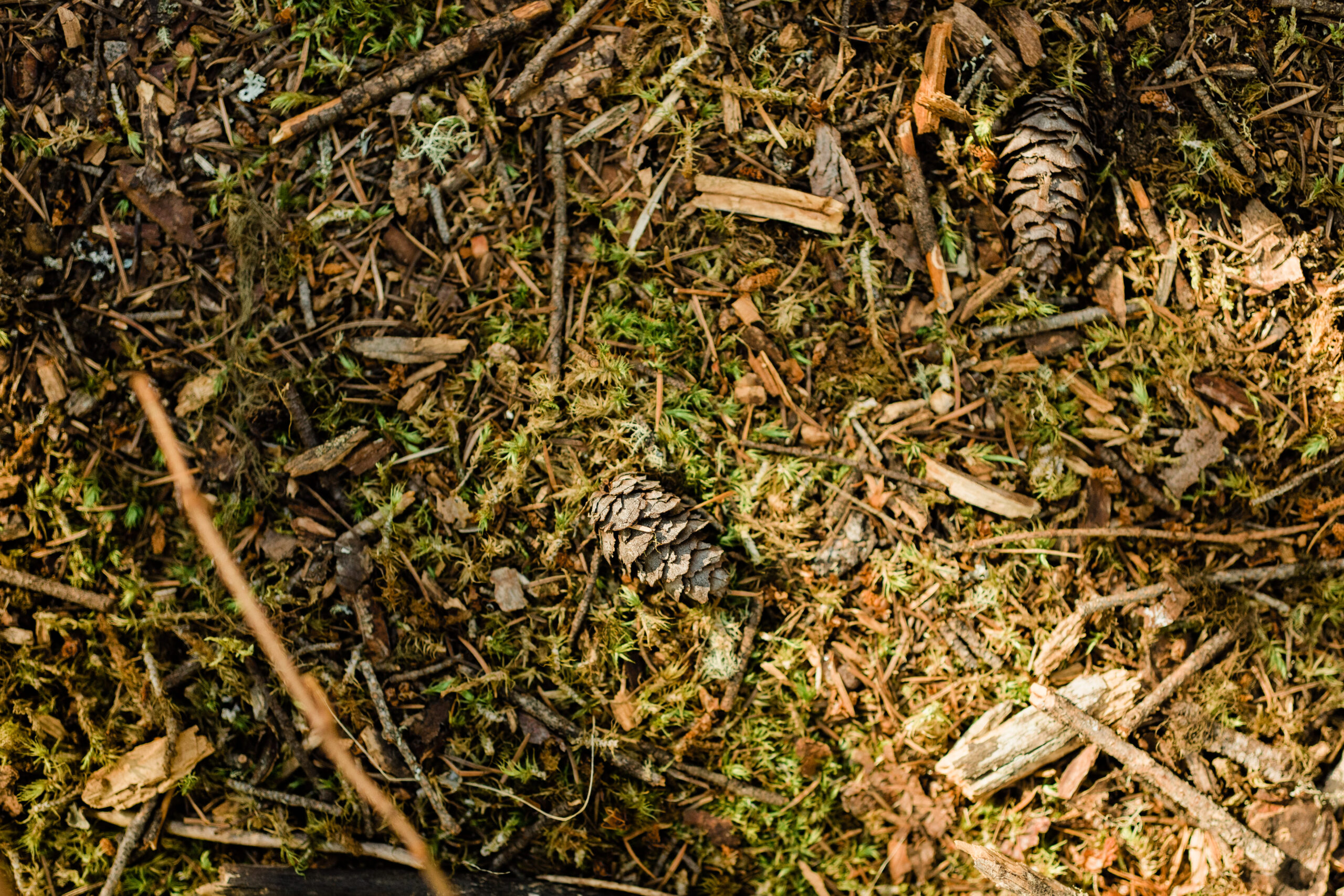
As shown above, spending time in nature, especially among trees, can lower negative feelings and physical symptoms, leaving you feeling refreshed and energized. So, how does one start forest bathing?
1. Choose Your Forest
You don’t need an ancient, sprawling forest to get outside. Any natural environment with trees will do. Find a local park, nature reserve, or even a tree-lined street at the very least. The key is to be surrounded by nature, away from screens and the concrete jungle.
2. Unplug and Be Present
Leave your electronic devices behind or, at the very least, put them on silent. Forest bathing is about immersing yourself in the natural world, so give yourself the gift of being fully present. Engage your senses—observe the colours, listen to the rustling leaves, and breathe in the earthy scents.
3. Wander Mindfully
You don’t need a specific destination; the journey is the destination in forest bathing. Take slow, deliberate steps, paying attention to each one. Feel the texture of the ground beneath your feet and the subtle changes in terrain. Allow your senses to guide you.
4. Engage Your Senses
Take moments to pause and focus on each of your senses. Run your fingers over the bark of a tree, listen to the gentle rustle of leaves, and inhale the scent of pine or damp earth. Let the natural environment speak to you in its own language.
5. Find a Comfortable Spot
When you feel drawn to a particular spot, whether it’s a sunlit clearing or a shaded nook, take a seat. It could be on the ground, a fallen log, or a comfortable rock. Let yourself become a part of the natural landscape.
6. Practice Mindful Breathing
Close your eyes and take slow, deep breaths. Feel the coolness of the air entering your nostrils and the warmth as you exhale. Allow your breath to sync with the rhythm of the forest. This mindful breathing can deepen your connection with nature and promote relaxation.
7. Reflect and Appreciate
Before leaving the forest, take a moment to reflect on your experience. What did you notice? How do you feel? Express gratitude for the natural beauty around you and the moments of peace you’ve discovered.
Forest Bathing as a Tourism Experience
Recently, researchers have started to advocate more strongly for a shift towards finding value, happiness and fulfilment in tourism practices. One study focused on mindfulness as a “fertile ground for transformation” and that slowing down your travel is an enhancer of positive experiences, wellbeing and spiritual awakening.
More and more people are exploring different ways to interact with the natural world around them. In order to combat the negative effects of our busy digitalized lives and tragic global events, prescriptions to take short, relaxing and restorative trips into areas rich in nature have become a leading wellness trend. Particularly, forest ecosystems have been proposed as a non-pharmacological therapeutic medium, especially as alternative and preventive medicine.
Parts of the forest outside of timber production offer chances for more varied experiences, especially those focused on enhancing people’s quality of life and well-being. For instance, the creation and upkeep of forest paths has significantly expanded access to more wild regions, providing chances to relax in calming spaces, observation decks, or sensory gardens. This helps us think about and promote more conscientious uses of forest resources while also offering people the space and time to rest and breathe in the fresh forest air.
Embracing Forest Bathing and Forest Therapy
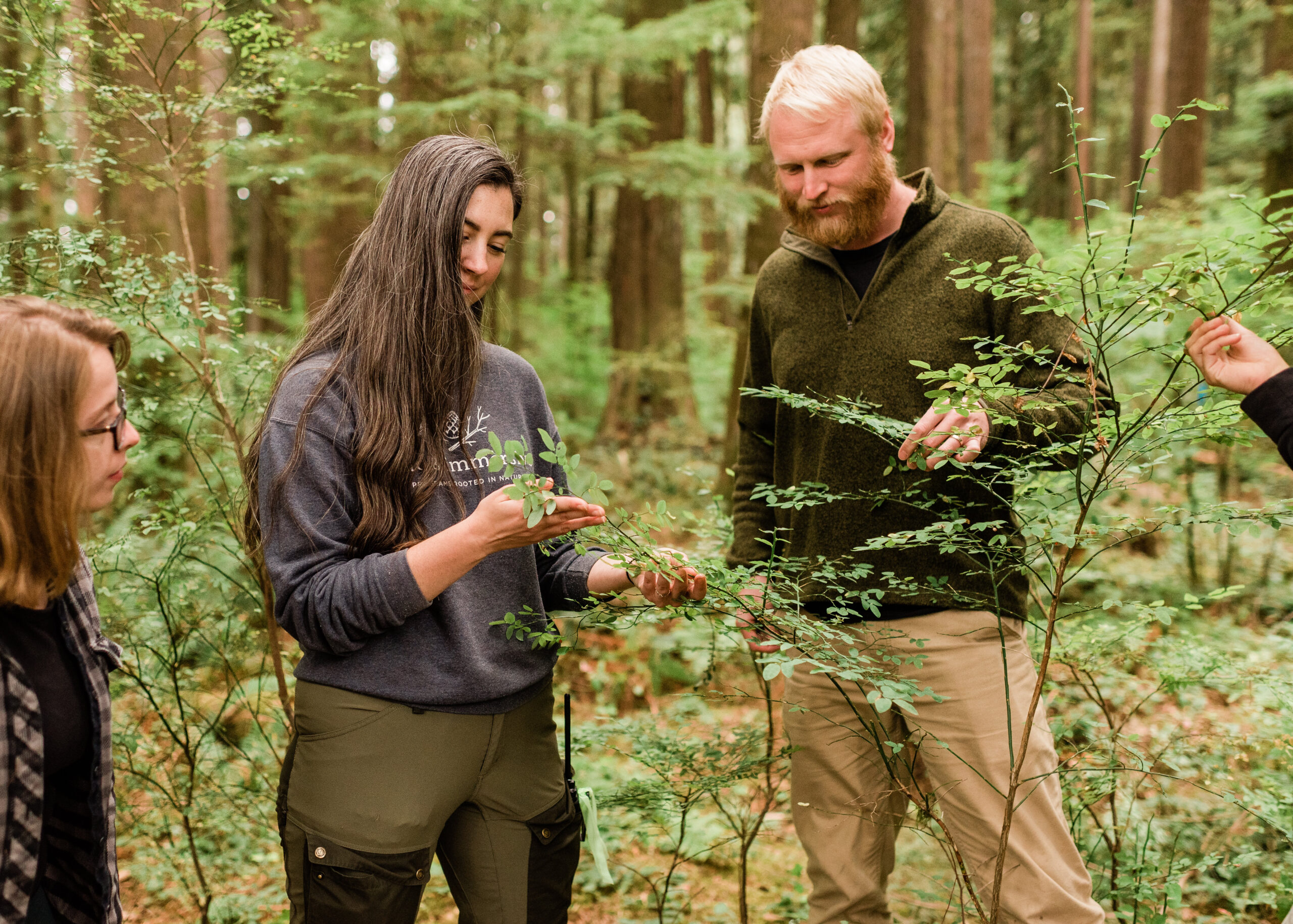
At Wild & Immersive, we truly believe in the restorative powers of forest bathing and strongly encourage all who engage with us to explore and spend time in nature.
We offer lots of different programming for both children and adults to spend time in nature. Our Forest School allows children as young as 3 to immerse themselves in the natural world through hands-on experiences.
Our retreats give adults a break from their busy work lives to embrace the art of stillness and take a pause in nature. Our special events, such as our bird watching or mushroom hunting are a great mix of education and mindfulness as you explore the woods and take in the sights and sounds.
A Return to Our Roots
Forest bathing is not just a trend that pops up every few years. It’s a reconnection with the natural world that sustains us. As you embark on your own experience with forest bathing, remember that there’s no right or wrong way to do it. What matters is being present and embracing the beauty around you.
If you want to experience the beauty of nature with us at Wild & Immersive, visit our website to find programs and special events for children and adults.
